Spiders are insects that are in varieties between 40,000 to 50,000 species around the world. There is no defined habitat for spiders, as they are worldwide. There are variations in the colours and sizes. There are common characteristics of spiders as follows;
- They have eight joint legs with four fairs.
- Their segmented body is covered with hair.
- They have an exoskeleton to grow.
The spiders lay themselves in webs, and they form their webs. The Spider webs are made of silk, and the spider silk is solid and silky. When an insect gets trapped in a net, it can not move as the web is sticky. The spiders do not have the jaw to consume food; they liquefy their meal using their fangs or chelicerae.
In spiders, female spiders are more dominant than male spiders. Female spiders are more robust, poisonous, and larger than males. Some species of spiders kill the males after mating.
Unlike other insects, spiders have four pairs of eyes that help them take sight of their prey. Their advanced central nervous system keeps them away from danger. Spiders have two parts in their body, the cephalothorax, with the combination of the head and thorax and the abdomen.
The Cephalothorax
The cephalothorax consists of eight eyes with four pairs, mouthparts with piercing fangs, four pairs of jointed legs on both sides, and the mating organs of pedipalps and with the fovea; these are the outer parts that the cephalothorax has. From the inside of the cephalothorax are muscles, venom glands, mass nerve tissues of the brain ganglia and a muscular stomach.
The Abdomen
On the inside of the abdomen, it has silk glands with the liquids to make silk for the web, a hindgut, the spider heart and book lungs with breathing organs. The spider’s abdomen is covered with thin and flexible cuticles. From the outside of the stomach, the spiders have book lung covers to protect the organs, the spinnerets and the genital opening from releasing eggs and sperm.
There are more than 40000 species of spiders in the world, the followings are examples of some of them.
- House Spiders
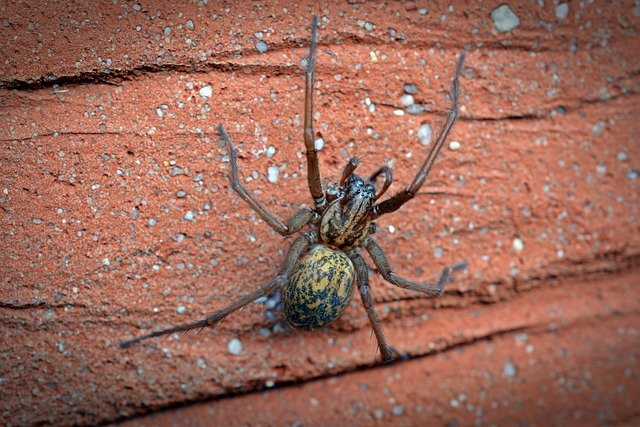
House spiders can typically be found in houses, under furniture and in closets. They make webs with the aid of walls that can get light and a good amount of food and nutrients. The House spiders are usually in the colour of yellowish-brown. A female house spider lays 3500 eggs at once.
- Long-bodied Cellar Spiders
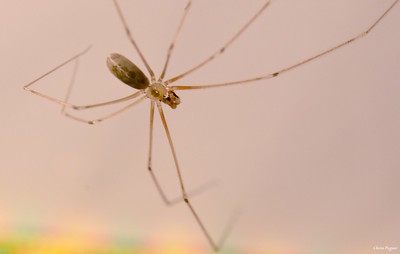
The Long-bodied Cellar spiders appear in pale yellow and light brown; they have long legs and smaller bodies. Usually, the Cellar spiders can be found in areas with high humidity. They are not poisonous or threatening to humans. Because of their long-leg structure, the Cellar spiders are also called “daddy-long-legs” spiders.
- Black widow Spiders
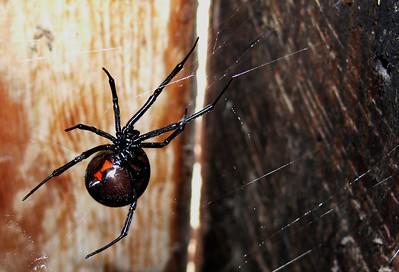
The dry and dark locations are the most distributed places of black widow spiders. They can be found in the southern regions of the United States. The appearance of the Black widow spiders is that they are shiny and black. The underside of their abdomen consists of a red hourglass shape, and they have a long tail. The female Black widow spiders are more aggressive, and the males are less dangerous. This type of spider is more prevalent because the male spiders eat the male partner after mating.
- Wolf Spiders
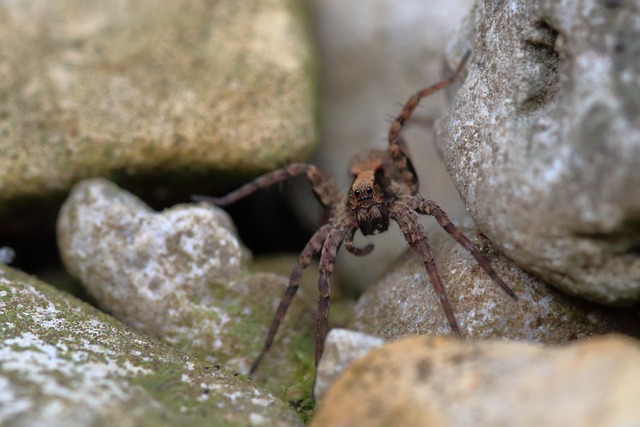
The wolf spiders appear in dark brown; they have paler stripes on their body. The Wolf siders can commonly found in Canada and United States. There are around 100 species of wolf spiders. Wolf spiders do not make webs to catch prey; they hunt the prey by chasing them; therefore, they are naturally formed with the ability to run fast.
- Jumping Spiders
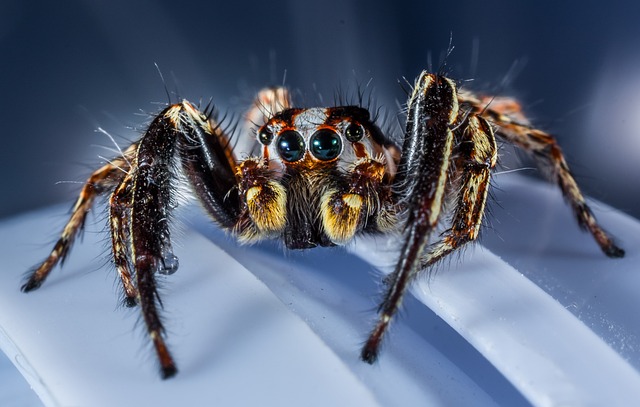
The appearance of Jumping spiders is quite similar to the Black widow spiders, but the jumping spiders have short legs. The United States is the most popular place for the distribution of jumping spiders. They are active insects during the daytime. The jumping spiders have excellent vision compared to other spiders.
Habit
The Spiders can be found anywhere. From deserts to rainforests, the spiders are spread worldwide except in Antarctica. Some spiders live on land and as well as in water. Also, they are distributed in all environments and closely live with human communities. The spider species living in houses are more likely to live in isolated, quiet areas, but they choose habitats with a good water supply and food. The Spiders build their webs to stay and to catch prey. It will take them a day or less than that to create the web. The nets are the traps that the spiders lay to see a game. When a spider does not get enough catching of prey, it abandons the web; such abundant nets are called “Cobwebs”.House spiders usually spend their whole life indoors. House spiders are not much dangerous or poisonous, but the spiders that live in the wild and plants are dangerous.
Diet
Spiders are predatory animals who feed on other bugs and insects. The primary diet of spiders is insects. Small animals like frogs, lizards, flies, mosquitoes, moths and smaller birds often get hunted by spiders. Sometimes they eat the species of their own for survival. The Spiders are passive hunters; they have their tricks for catching prey. Some spider species have a diet of eating different plants. The leaf tissues, nectar, plant sap, seed and honeydews are some vegetations they have for survival.
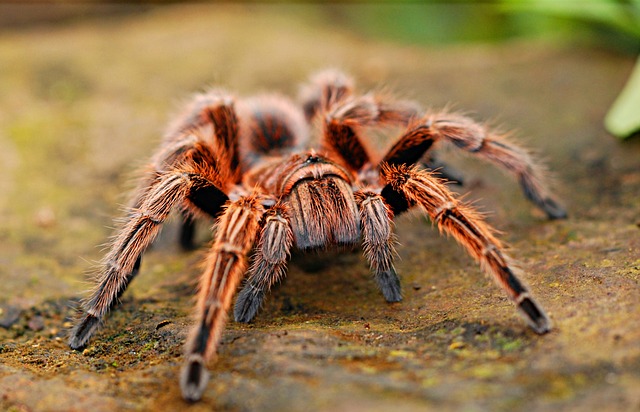
Reproduction
The Spider life cycle is developed with three stages. The spider life cycle consists of eggs, spiderling and adulthood. In one or more silk sacs, the spider can lay eggs around 3,000. The spider mother loses her life after giving birth to the eggs. When the spider mother dies after laying eggs, the other spiders protect the eggs by attaching them to their spinnerets. The egg has several larva stages. Though a female spider spreads 3000 legs at a time, all the eggs do not reach their maturity level. The life span of a spider is decided by its species; its average life span is between one and two years. The eggs reach adulthood after spiderlings.


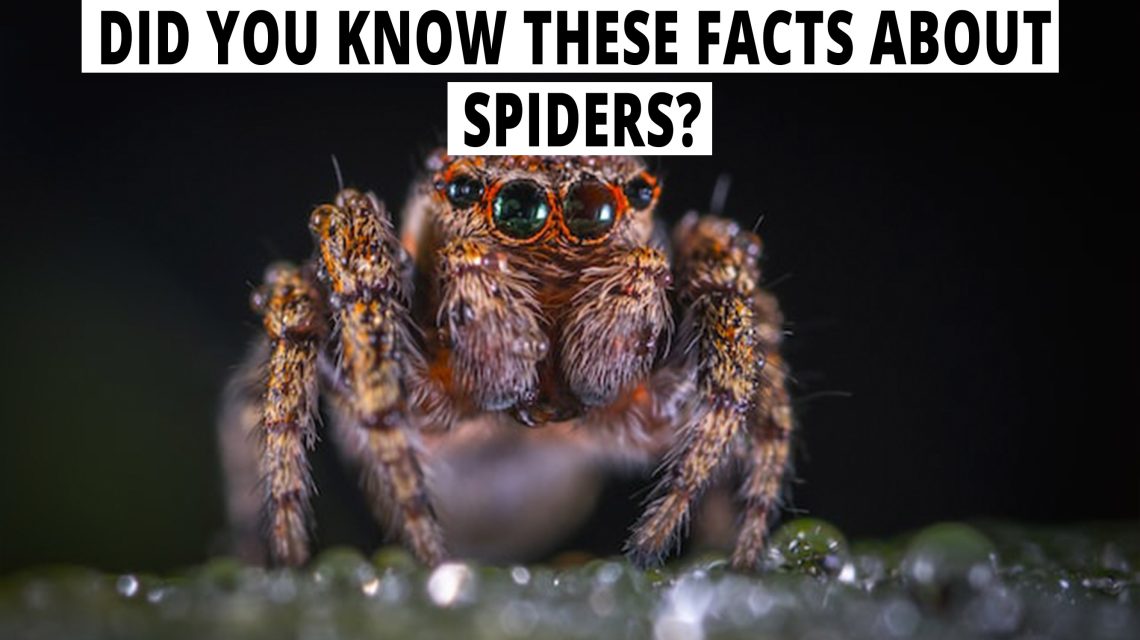
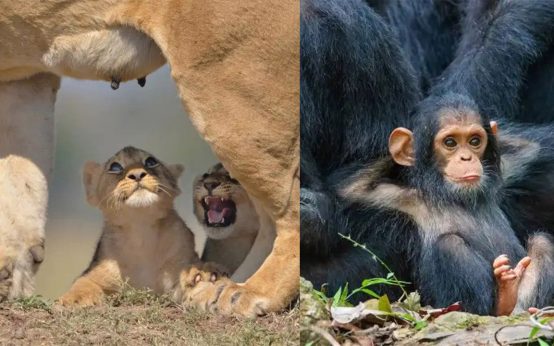 16 Greatest Animal Moms: Masters of Motherhood
16 Greatest Animal Moms: Masters of Motherhood  14 Uncommon and Remarkable Equine Varieties Demonstrating Nature’s Prowess as the Creative Artisan
14 Uncommon and Remarkable Equine Varieties Demonstrating Nature’s Prowess as the Creative Artisan  If Animals Used Tinder, This Might Be Their Profile Picture
If Animals Used Tinder, This Might Be Their Profile Picture  30+ Photos Of Dogs Before And After Being Adopted That Will Warm Your Heart
30+ Photos Of Dogs Before And After Being Adopted That Will Warm Your Heart 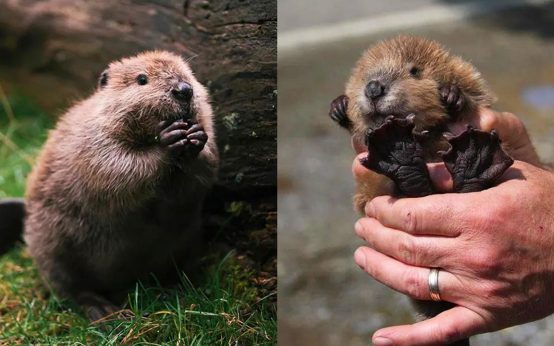 23 Adorable Baby Beavers To Celebrate World Beaver Day
23 Adorable Baby Beavers To Celebrate World Beaver Day  Thor is a Bengal cat with exquisitely beautiful fur
Thor is a Bengal cat with exquisitely beautiful fur